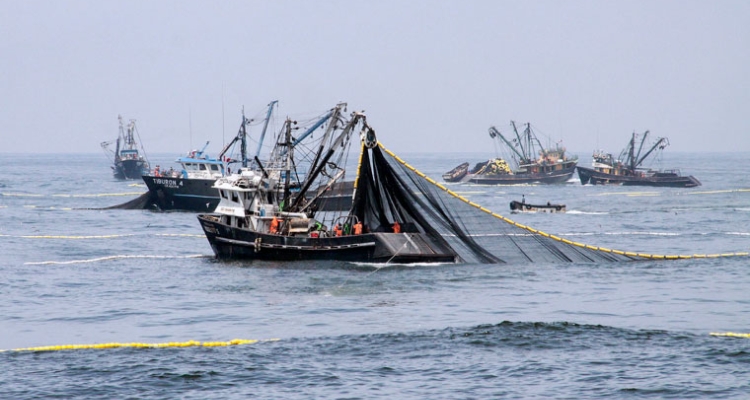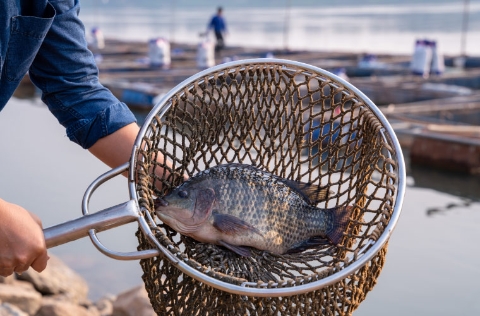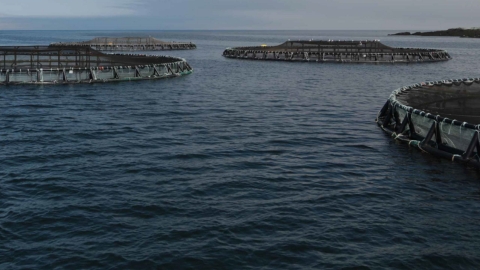
Global production of fishmeal and fish oil continues its upward trajectory, according to the latest market intelligence report from IFFO-the Marine Ingredients Organisation. During the first quarter of 2025, cumulative fishmeal output rose by 29% compared to the same period last year, largely thanks to a significant rebound in Peru. Other key producers-including Chile, the United States, Spain, and several African nations-also reported improved figures over the January-March period.
Fish oil production has seen even more robust growth. By the end of March 2025, cumulative output had climbed 34% year-on-year, again driven predominantly by Peru. Other regions recorded positive trends in fish oil production, with the exception of European countries.
These figures are based on data shared by IFFO members in countries such as Chile, Denmark, the Faroe Islands, Iceland, Côte d'Ivoire, Mauritius, Norway, the UK, the US, Peru, South Africa and Spain.
Collectively, these nations account for around 40% of the world’s fishmeal output and 50% of fish oil production.
China Signals Rising Demand for Marine Ingredients
Meanwhile, in China, the outlook for marine ingredient demand remains promising. The country’s annual fishing ban came into effect on 1 May, and until the new fishing season begins in August or September, most of the raw material for fishmeal and fish oil production will need to be imported, including frozen fish and species such as sardines.
“The prices at farm level for various species with high dietary needs for fishmeal have surparssed last year’s levels,” the report notes. This is expected to stimulate domestic aquaculture production, boosting demand for marine-based feed ingredients throughout 2025.
The Chinese pig farming sector is also showing renewed optimism for the second half of the year. “Pig farmers have expressed growing confidence for the second half of the year,” according to IFFO, which has led to an uptick in piglet purchases. The unexpected surge in piglet demand is set to increase feed production and fishmeal consumption as the year progresses.
At the same time, rising prices for plant-based feed ingredients – including soybean meal, maize, and rapeseed meal – are putting pressure on producers. Supply constraints, partly linked to ongoing trade tensions, are prompting feed manufacturers to either seek alternatives to soybean meal or reduce its inclusion in formulations to better manage overall costs.



